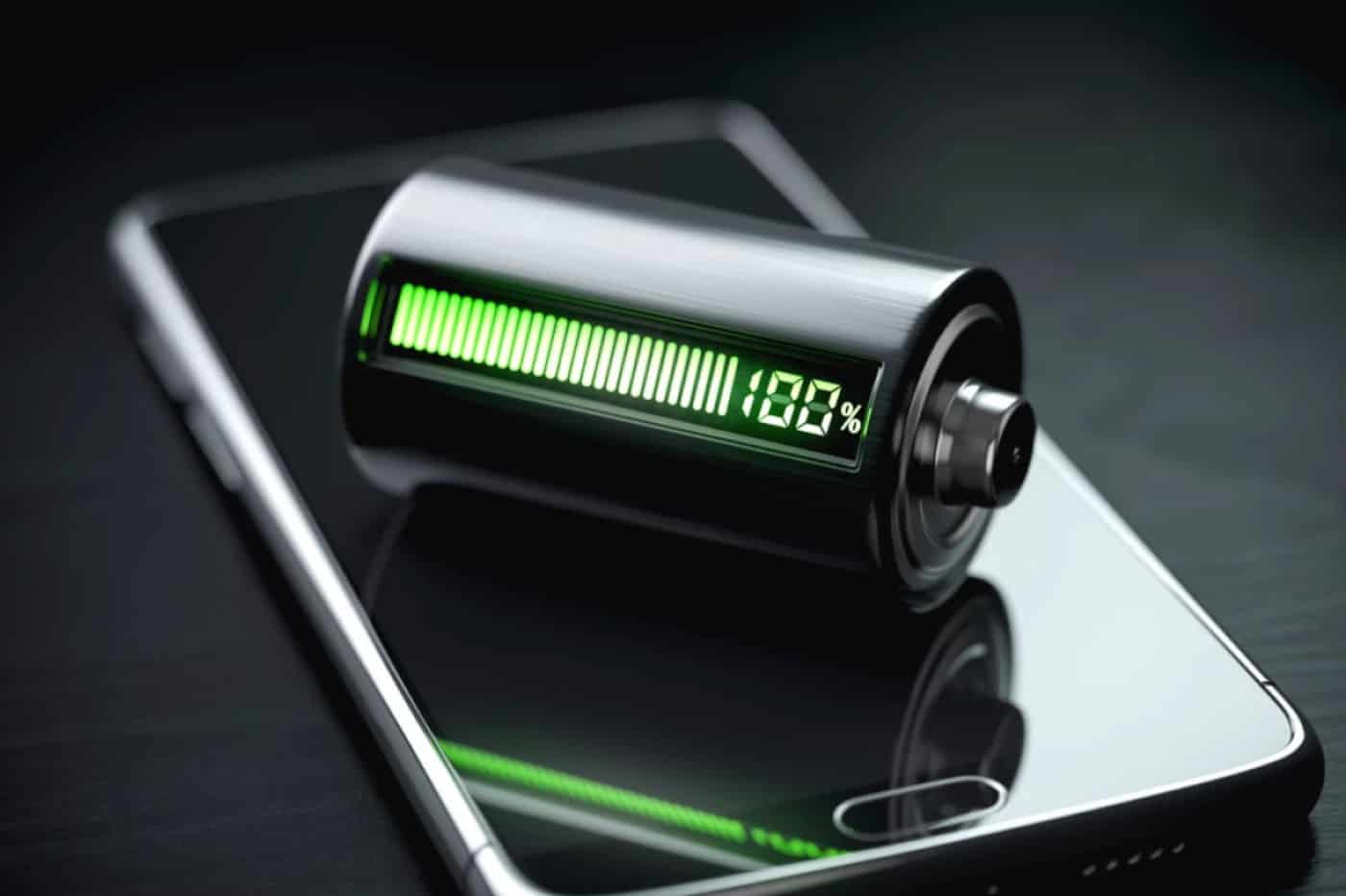
Graphene Manufacturing Group (GMG) has just presented its brand new aluminum battery. It has a record charging time: only 5 minutes for a smartphone.

This is the question that comes up the most when we talk about a new technological object today. What autonomy does this device have? If it is obviously impossible to draw a parallel between the consumption of one object vis-à-vis another, the question of autonomy interferes in the conversation, whether we are talking about a telephone, from a laptop or more recently from a car.
The first solution to this autonomy problem was found by bypassing the problem. Making larger batteries is impossible (often for weight and aesthetic reasons) so it was necessary to make batteries, which failing to last a week, do not take the day to recharge.
Thus fast recharging batteries, and even ultra fast recharging, were born. With autonymous capacities that often exceed thousands of ampere hours (mAh), our phones today are true energy sources on their own, and can even serve as a charging base for other devices.
These ultra-fast charging batteries may have found a new lease of life in Australia where a private company, GMG, in partnership with the Australian Institute of Bioengineering and Nanotechnology at the University of Queensland, has announced that it has developed a battery whose recharge would be ten times faster than currently. This model of a new kind would not be composed of lithium, but of aluminum. Allowing for this record-breaking cooldown.
If the Australian company’s announcement is confirmed in the coming weeks, it could be a real revolution for many economic sectors.
While the technology is not new, it is still very expensive. Another problem is that the aluminum-air batteries, which are used today by the military, have an acceptable level of reliability. The question arises regarding aluminum-ion batteries, a compound that the Australian GMG claims to have made reliable, but which has never yet been proven in commerce.
A revolutionary and ecological battery
If they advertised the charging as 10 times faster, would the battery life be slightly disappointing? Thus, this new battery could only carry 60% of energy compared to current batteries of the same weight, which does not make it an interesting alternative on this point. If the autonomy was thus for a typical battery of smartphones around 8 to 10 hours depending on the OS and the uses, recharging could only take five minutes.
For the moment, batteries are one of the major sources of pollution for electrical objects. These latter compounds of lithium cannot or are very difficult to recycle. In addition, the extraction of this precious mineral is the subject of much debate. Both around the question of the social impact of this extraction for the employees, as by the ecological aspect of the latter.
A real revolution?
Prototypes of an aluminum battery are not new, and the military already used batteries of this type in particular. Already in 1990, they presented a hybrid vehicle running on aluminum batteries to the public, without the latter meeting with any real success.
Here again, the aluminum batteries stand out. The GMG announces them as recycling, a weighty argument for their future marketing, while the ecological question is becoming a major point of public debate. While waiting to find aluminum on the back of our phones, we will have to wait.
The first Australian prototype does indeed seem to have proven itself, but the latter is far from being a successful model. We therefore expected years of research and testing for the Australian company, before this new battery can enter the market.
